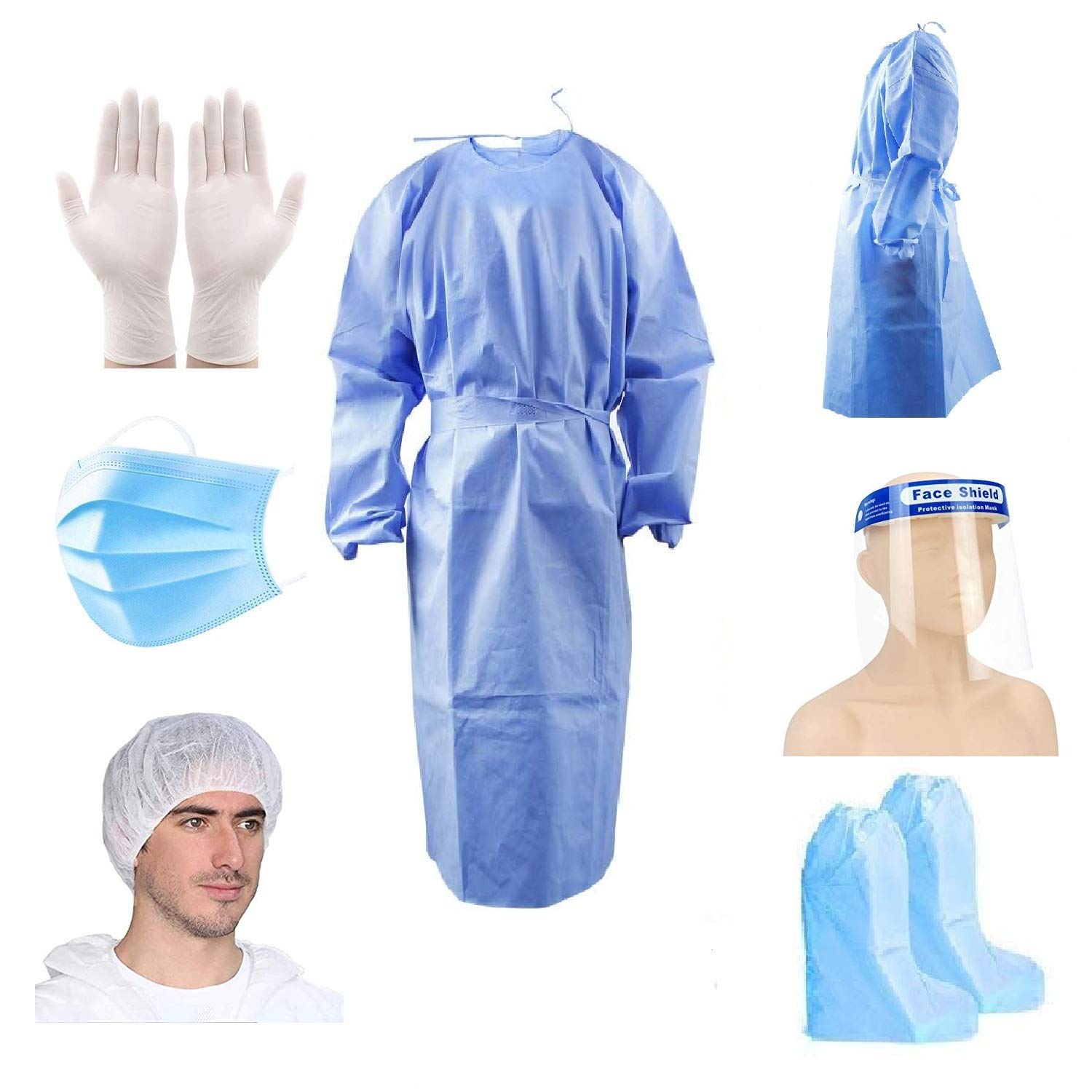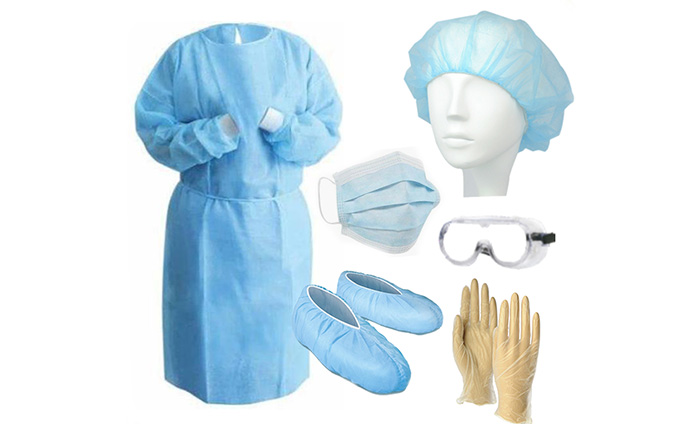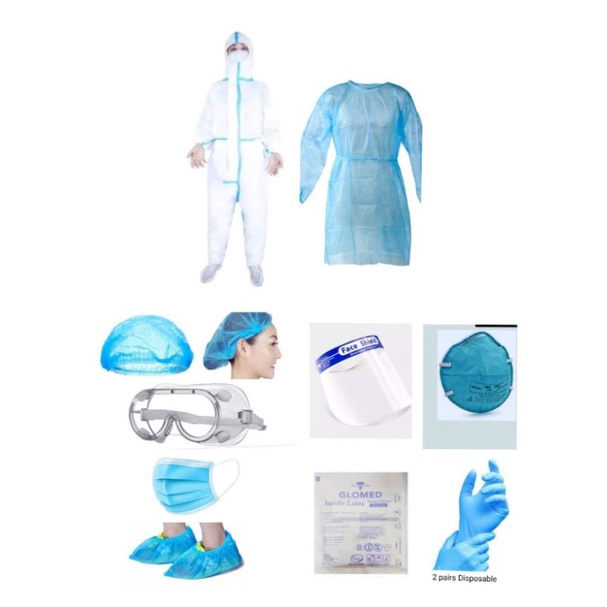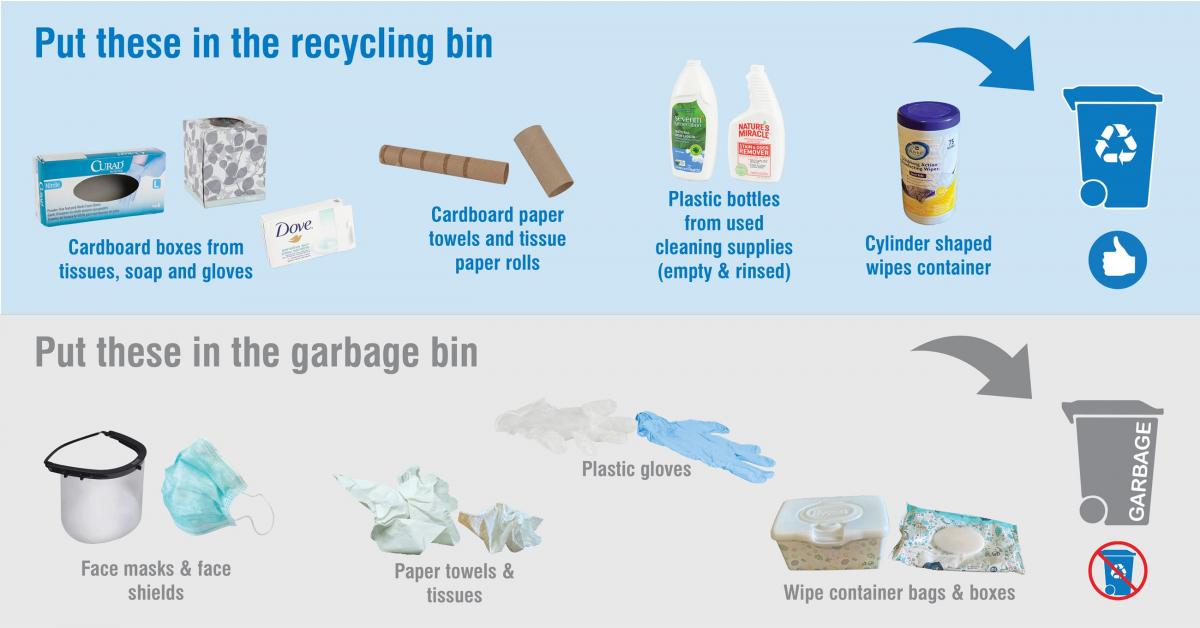
Personal Protective Equipment (PPE) refers to equipment that works as a barrier to protect the users against health or safety risks within the workplace. PPE equipment is designed to protect you from harmful substances such as chemicals or infectious agents. It can be found in a variety of forms including items such as gloves, safety helmets, high visibility clothing, safety footwear such as steel cap boots, or the more commonly known in recent times, respiratory protective equipment.
Respiratory protective equipment is any protective clothing or equipment designed to protect the wearer and act as a barrier between an individual’s mouth, nose or eyes. The protective equipment will prevent direct contact bacterial infections and viruses such as Covid-19 or toxic substances that could be present. Due to the pandemic and current restrictions, it is now a requirement to wear face coverings and other PPE in a number of settings including on public transport, in supermarkets and in places of worship. The full list of locations where face coverings are required can be found on the UK Government’s website .
All PPE that is worn within the medical setting must follow the FDA's regulations and must meet applicable voluntary consensus standards to ensure protection.

The need for PPE within the workplace facilities is more important than ever to ensure the safety of employees, visitors and patients. PPE plays a vital role in contributing to a safe workplace by ensuring staff are protected from bacteria, poor levels of hygiene, chemical substances or hazards that could lead to injury.
Without effective PPE safety equipment provided to workers in certain industries such as manufacturing, or oil industries, there is a significantly higher risk of injury from hazardous working conditions that could not only put employees at harm but could be a detriment to your business. Lack of PPE equipment can also increase the risks of infection across any facility causing harmful bacterial and viral infections such as Covid-19 to spread putting everyone at risk of illness.

There are various types of PPE equipment available to protect areas of the body from harm or injury. For an extensive list on the different types of PPE, check out the HSE guidelines. Some forms of PPE can include:
• Eyes: Safety Goggles, Face Shields & Visors.
• Head & neck: Safety Helmets and hair nets
• Ears: Earmuffs or ear plugs
• Hand & arms: Disposable Nitrile gloves, gloves with a cuff
• Feet and legs: Safety boots/shoes
• Lungs: Respiratory protective equipment such as surgical masks or disposable face masks.
• Whole Body: disposable overalls, chemical suits or boiler suits.

PPE waste that has not been in contact with an infectious source but has been contaminated can be disposed of as offensive waste and is suitable for placing in yellow bin bags. However, if PPE waste has been exposed to infectious bacteria but clinical waste services are not available, it must be disposed of using the following guidelines:
• PPE must be put in a plastic waste bag and tied when full.
• This plastic bag should then be placed in a second bin bag for extra protection and tied again to secure.
• It should then be placed in a safe, secure isolated area for 72 hours after which it can be disposed of in the general waste bin.
When dealing with PPE waste used for social distancing or against viral infections, you should always refer to the latest Government guidelines for advice before disposing of the waste or talk to your waste management company.